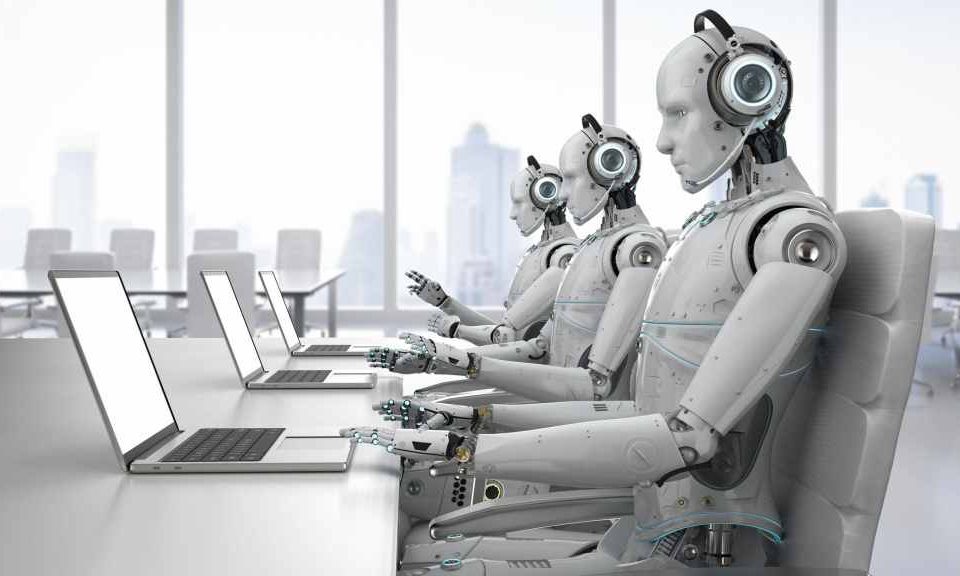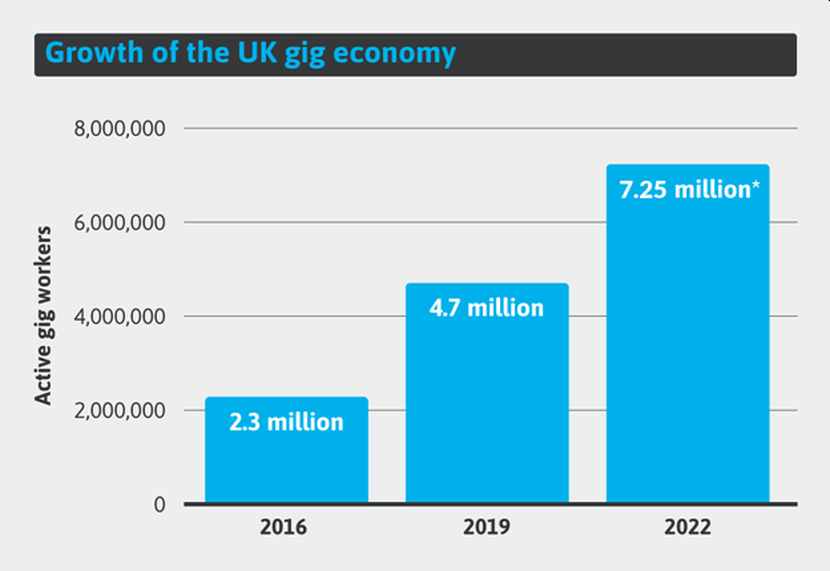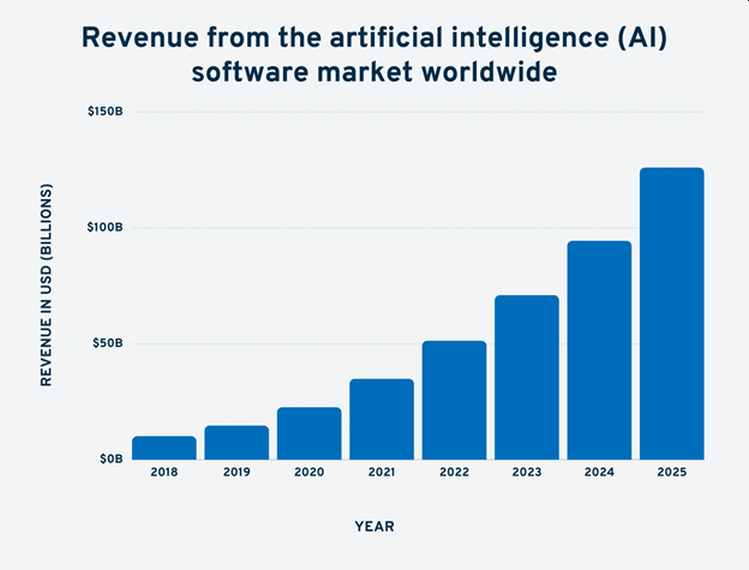Automated Freelancing: Exploring the Future Of AI and How It’s Disrupting the Freelancing Industry

The gig economy continues to thrive post-pandemic. With 1 in 6 adults currently working a gig position at least once a week, freelancing has become the new norm in a digitalized world.
In fact, Covid-19’s push for wide-scale automation has quickly crept into the gig economy. From automated uber platforms to AI-powered freelancing software, connecting a freelancer to their next position has never been easier.
As we step into a future of remote working, globalized skill pools, and ad-hoc hiring, let’s have a closer look at the impact technology will have on the gig economy of tomorrow. From artificial intelligence to machine learning, read on as we explore the future of a digitalized freelancing industry.
The Rise Of The Gig Economy
7.25 million adults are expected to have joined the gig economy by the end of 2022. In a post-Covid working world, many corporate employees have swapped their nine-to-five for a flexible ad-hoc future swimming with skill-based, well-paid opportunities.

(Image Source: Stand Out CV)
The question is, why has the gig economy boomed in a post-pandemic landscape? After a recent survey by Thrive My Way revealed that 20% of all workers are considering freelance positions in 2022, experts suggest that the gig economy’s rise in popularity is connected to a peak in post-Covid digitalization.
In fact, on the back of AR/VR aids, remote working trends and a push for big data-based systems, four-fifths of hiring managers are now using digitally skilled freelancers to improve their mobile, web, and software development as they battle it out in an online playing field.
In response, the demand for gig workers has boomed since 2020 after the e-commerce industry grew by a third. In an uncertain landscape, where startup competition is at an all-time high, many small business leaders have turned to ad-hoc hiring in order to improve business growth without the financial commitment of full-time employment.
The latest stats show that a third of 18-34-year-olds returned back to work post-pandemic in the gig economy, and that number is expected to grow, especially as more tech and web-based positions become popular within the freelancing industry.
Automating The Future Of Freelancing
As the freelance industry grows, so does the demand for technological evolution within the sector. As more gig workers take ad-hoc positions spread across the globe, digitalizing the connection process is vital in ensuring process efficiency.
Not only can digitalized platforms aid the matchmaking process between gig workers and hiring managers, but artificial intelligence, in particular, has secured data transactions between freelancers and their employers, while also aiding upskilling, freelance targetted promotion, and automating macro tasks.
In fact, 77% of Freelancers have claimed that AI-powered matchmaking platforms such as UpWork and Fiverr have made it easier to find job opportunities and connect with hiring managers.
While there has been some contention from gig workers, as some skilled positions have been replaced by AI-automation, a large majority of the freelance industry has welcomed technological evolution in a post-Covid landscape and supported a future of efficient digital freelancing.
Within the corporate industry, in particular, the use of artificial intelligence has risen significantly in the wake of Covid-19’s digital shift.

(Image Source: Exploding Topics)
As you can see above, the official AI market size is expected to grow from $93 billion in 2021 to a whopping $997 billion in 2028, with an average CAGR of 40%.
As the uses of AI-powered tech continue to expand across a number of industries, let’s explore how it will change the gig economy in 2022.
Screening Gig Talent
As the demands for freelancers grow rapidly within the corporate industry, both artificial intelligence and machine learning are making it easier for hiring managers to find the perfect match.
AI has been known to improve the efficiency of skill hunting, as AI-powered systems work hard to aggregate data using a number of parameters, in order to create an automated shortlist of qualified talent within a wide pool of gig workers.
Not only can this speed up the screening process, but AI-driven interfaces are also replacing traditional interviewing methods. From automated candidate question recording to automatically scheduling second-level interviews with qualified applicants, ad-hoc positions are filled quickly and efficiently.
Improving Process Efficiency
Speaking of efficiency, company leaders can use AI to measure and monitor gig work while automatically allocating freelance projects. AI is able to assist business owners in maintaining process efficiency and improving the value production within the gig economy.
Using AI-powered platforms, many of the challenges once faced by hiring managers and HR professionals are quickly automated using digitalized work models. From balancing internal and external teams to automating project management and allocation, AI provides a small business with streamlined workflows, improving hybrid team organization and value production.
Automated Upskilling
Last but certainly not least, AI can also enhance upskilling within the gig economy. As tech evolves, so does skill-based demand within the freelance industry.
The deployment of AI-driven education has improved the adoption of macro and micro-skills. Edtech platforms have allowed workers within the gig economy to receive training in a collaborative digital environment, while also providing useful tools to assist future projects.
For example, many freelance content writers now use AI-powered aids such as Grammarly to speed up the copywriting process and ensure accuracy when completing projects.
In a corporate landscape where big data is king, the use of AI-powered tools will continue to improve gig economy upskilling, freelance hiring and process efficiency as the working attitudes of tomorrow strive to keep evolving.

